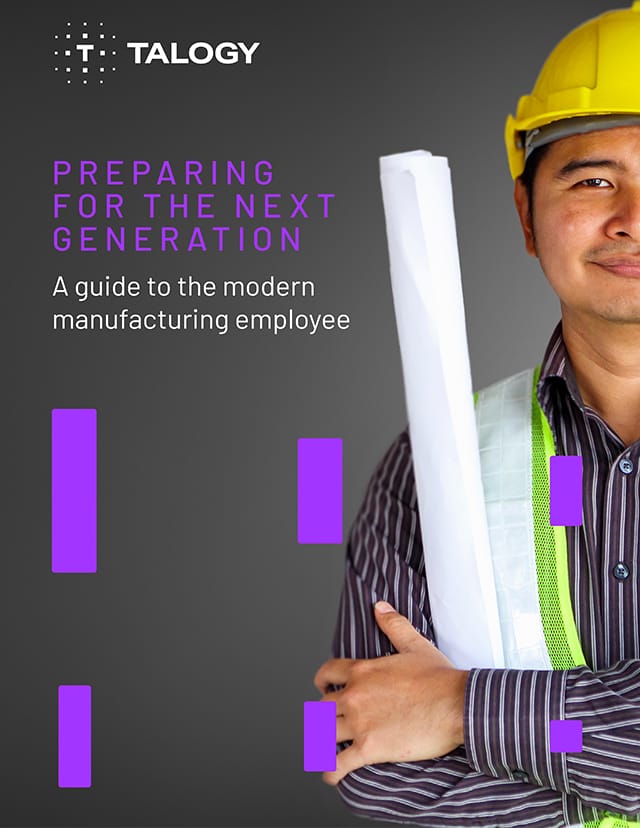Written by Connie Gentry, Consulting Associate
As selection systems and employer’s recruitment needs continue to evolve, pre-employment tools such as realistic job previews and hands-on work simulations are becoming more prevalent. This is a trend that we especially tend to see in the manufacturing sector. Exercises or “production simulations” allow employers to get a concrete measure of a candidate’s ability to effectively perform the same type of tasks that they would be performing on the job.
Having been involved in the development and design of many custom production simulations, Project Consultant, Eli Castruita, knows first-hand the amount of planning, resources, and costs that go into making an effective production simulation. Below, Eli has outlined 5 essential steps that employers should consider when contemplating the addition of a production simulation to their recruitment process.
1) Conduct a thorough job analysis
It is not only critical to the success of a production simulation, but also for legal defensibility, that a thorough job analysis be conducted for the target position.
- What are the knowledge, skills, and abilities necessary to perform the job?
- Job analysis activities help uncover and often “debunk” misperceptions that managers sometimes have about what is really important to the job and what is not.
- Because developing the actual simulation is a custom design process, it is essential to clearly identify what competencies are being measured.
2) Identify an internal champion early on
Just as with any project or initiative, it is extremely beneficial to have another internal resource to help champion the production simulation.
- Do you have an influential internal champion who can persuade the floor?
- Production simulations can be costly to build, so having another internal champion to help promote the ROI and end results is critical.
- There will inevitably be “hiccups” as the project unfolds and your champion can also serve to help keep things running smoothly, manage key stakeholders’ expectations, and work with you to ensure success.
3) Determine budgeting and production simulation scope and scale
Typically, the main questions on everyone’s mind are how much it will cost to build a production simulation and what the scope and scale of the space needed to facilitate the simulation will be.
- The costs for building a production simulation typically run into six figure ranges.
- In scoping out specific needs, it’s important to determine how many separate stations are needed. For example, depending on candidate volume, you may want 9-12 stations through which multiple candidates can be processed and evaluated simultaneously. In this case, your company may be recruiting for assembly, manufacturing and logistics positions, and a candidate would go through a station for each one of those work functions.
- Costs for either renting a building or using on-site space at a facility already owned should also be researched and factored into the budget. Locations should include internet installation and meet all of the area’s current building and zoning planning requirements.
- Discussions surrounding the scoring of the production simulation should also be held to determine if the data need to be transferred from one applicant tracking system (ATS) to another, and any costs that may also be involved from a technical perspective.
- In addition to budgeting, a project team, detailed project plan, and regular weekly calls should be established.
4) Clearly define roles and responsibilities
A well-defined project plan should clearly spec out who is taking the lead and accountability for specific roles and responsibilities.
- Who is responsible for ordering materials? Do they need to be purchased or do you already have the materials on-site?
- Who is responsible for the actual hands-on build and testing of the equipment?
- Consider aspects that may require a high volume of repeated movements and what effect that will have on the equipment.
- Internal maintenance of the equipment should be built into the project plan and the budget.
- Who will facilitate the production simulation? Will internal resources be available to facilitate it or will you need to contract out that part of the process?
5) Ongoing monitoring of pass rates and checking for adverse impact
After the production simulation is officially launched, ongoing monitoring should take place to review pass rates and to ensure that measures are taken to reduce adverse impact.
- Do the pass rates allow the client a high enough volume of candidates to fill positions?
- Does it look as if the scoring could be made more stringent to filter out more individuals?
- How does it factor into the big picture selection process?
- Are there indicators of adverse impact? If so, what can be done to the scoring to reduce or eliminate it and not affect the utility and validity of the process?
- Are there steps in the process, instructions, or even changes to a physical piece of equipment that need to be made?
There are many detailed steps and considerations that must go into making a sound and legally defensible production simulation, but the value to the overall selection process can be a great addition. Production simulations promote a high degree of face validity with candidates who recognise that they are truly being evaluated against specific movements, skills, and abilities that they would be doing every day on the job. Employers are then able to easily screen out those individuals who cannot perform the job relevant skills.



